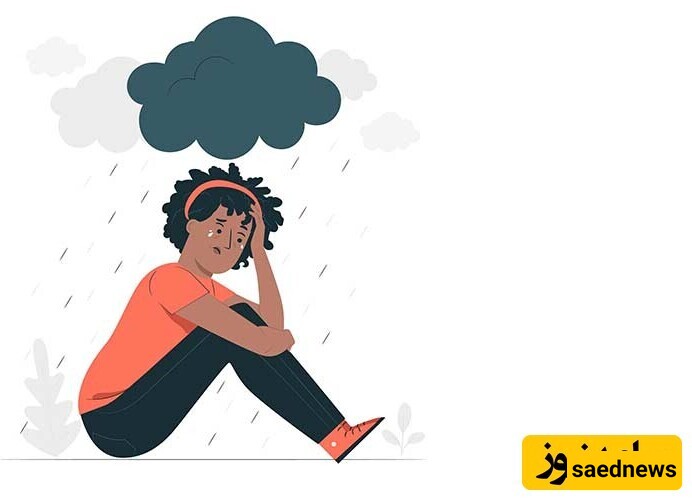PMS, or Premenstrual Syndrome, refers to the physical and emotional symptoms that most women unconsciously experience before menstruation. For many women, recognizing the signs and symptoms of PMS may seem unimportant, but being aware of them can help better manage this period.

According to the family magazine service of Saed News, PMS, or Premenstrual Syndrome, refers to the physical and emotional symptoms that most women unconsciously experience before menstruation. For many women, recognizing the signs and symptoms of PMS may seem unimportant, but being aware of them can help better manage this period.
This syndrome affects more than 48% of women, and its symptoms usually appear around 5 to 11 days before the start of the menstrual period. Ask yourself whether these symptoms cause problems at work or in social settings with friends and family. If the answer is yes, you might be experiencing PMS. In this article, we will explore all the symptoms of PMS, prevention methods, and treatments.
What is Premenstrual Syndrome (PMS)?
PMS refers to a collection of symptoms that women experience in the weeks leading up to their menstrual period. Nearly 48% of menstruating women experience PMS symptoms.
These symptoms manifest physically, emotionally, and behaviorally, indicating that your period is approaching. While PMS can be bothersome, it generally doesn't cause significant problems for most women. However, around 20% of women experience severe symptoms that disrupt their daily lives.
Symptoms of PMS
PMS symptoms vary for each woman. You might experience physical symptoms like bloating, abdominal or breast pain, and mood swings. Your PMS symptoms may also change over time. Here are the common symptoms:
Physical Symptoms of PMS
Fatigue
Bloating or abdominal pain
Breast tenderness
Headaches or backaches
Acne
Oily hair
Constipation or diarrhea
Emotional Symptoms of PMS
Irritability
Sleep disturbances
Appetite changes or food cravings
Difficulty concentrating or memory issues
Tension or anxiety
Depression, feelings of sadness
Mood swings
Decreased interest in sexual activity
Causes of Premenstrual Syndrome
The exact cause of PMS symptoms is unknown, but research suggests that PMS is related to changes in sex hormones and serotonin levels. Here are some potential causes of PMS symptoms:
Lack of exercise
Smoking, including cigarettes
Inadequate sleep
History of depression
Emotional trauma
Physical injury
Family history of PMS
Bipolar disorder
Domestic violence
Hormonal changes
Brain chemical changes
Excessive consumption of alcohol, salt, red meat, sugar, unhealthy snacks, etc.
Preventing PMS
You can reduce and manage PMS symptoms with some strategies. Here are some ways to prevent PMS:

1. Lifestyle Changes
Exercise at least three times a week.
Reduce caffeine and alcohol intake two weeks before your period.
Get enough rest.
Manage and reduce stress by any means possible.
2. Healthy Diet
Reduce consumption of salty, fatty, and sugary foods two weeks before menstruation.
Increase intake of fresh fruits and vegetables, whole grains, and dairy products.
3. Maintain Ideal Weight
Women who are overweight are three times more likely to experience PMS symptoms compared to women with normal weight.
4. Medicinal and Hormonal Methods
Medications such as fluoxetine, sertraline, paroxetine, and escitalopram can help better manage mood swings and significantly reduce PMS symptoms.
You might need to try different methods to find the right treatment. For some women, maintaining a healthy diet and regular exercise can significantly reduce PMS symptoms.

